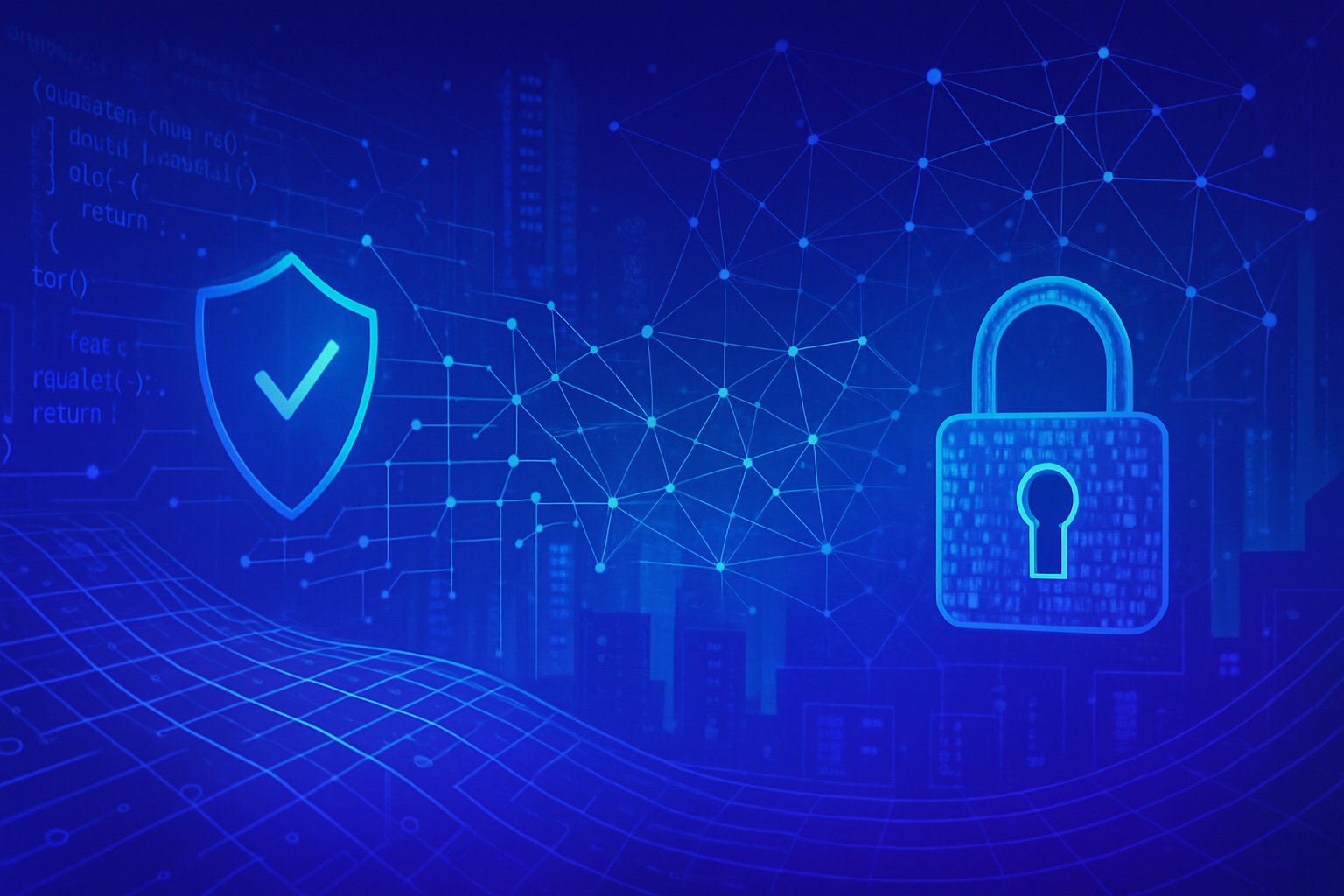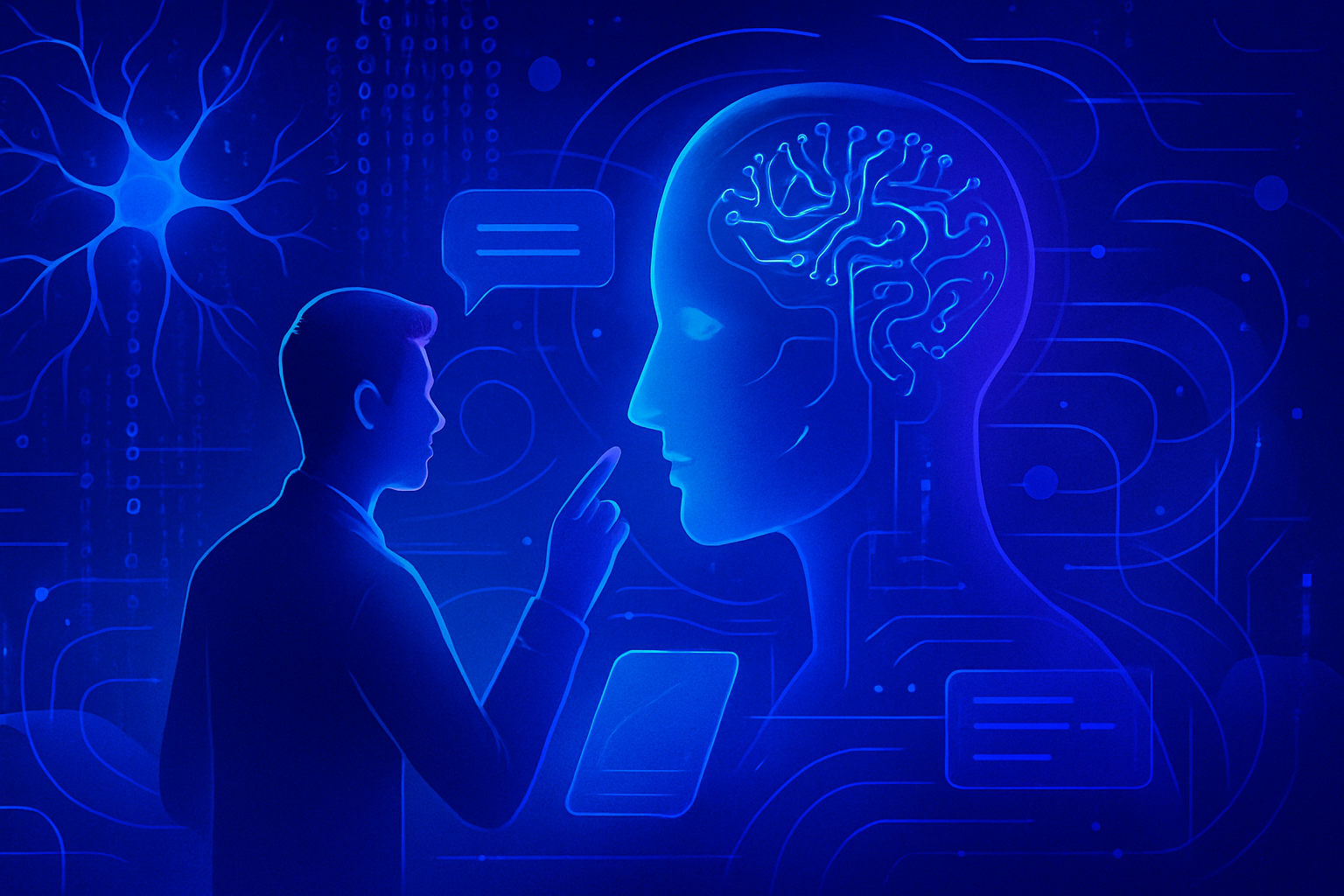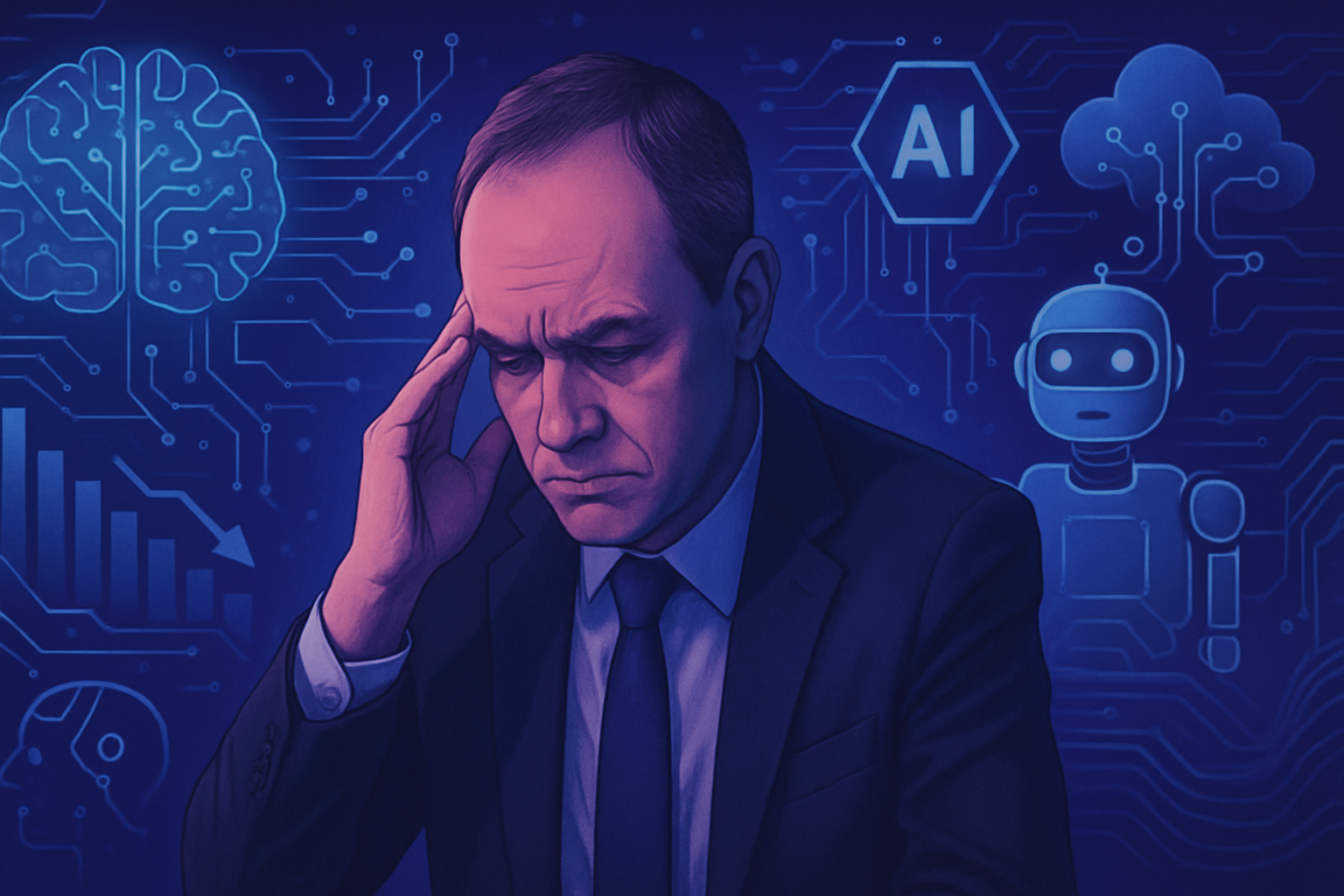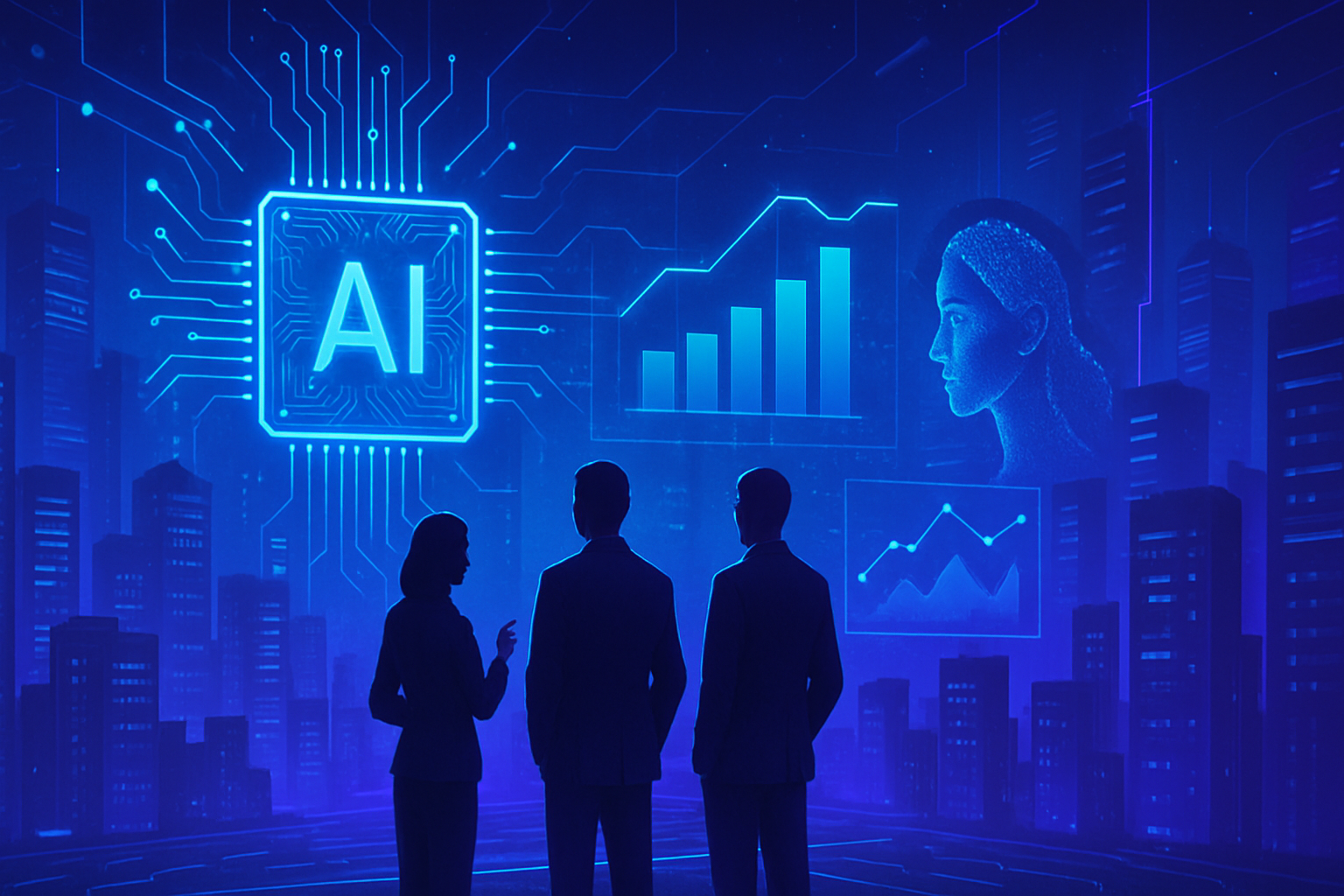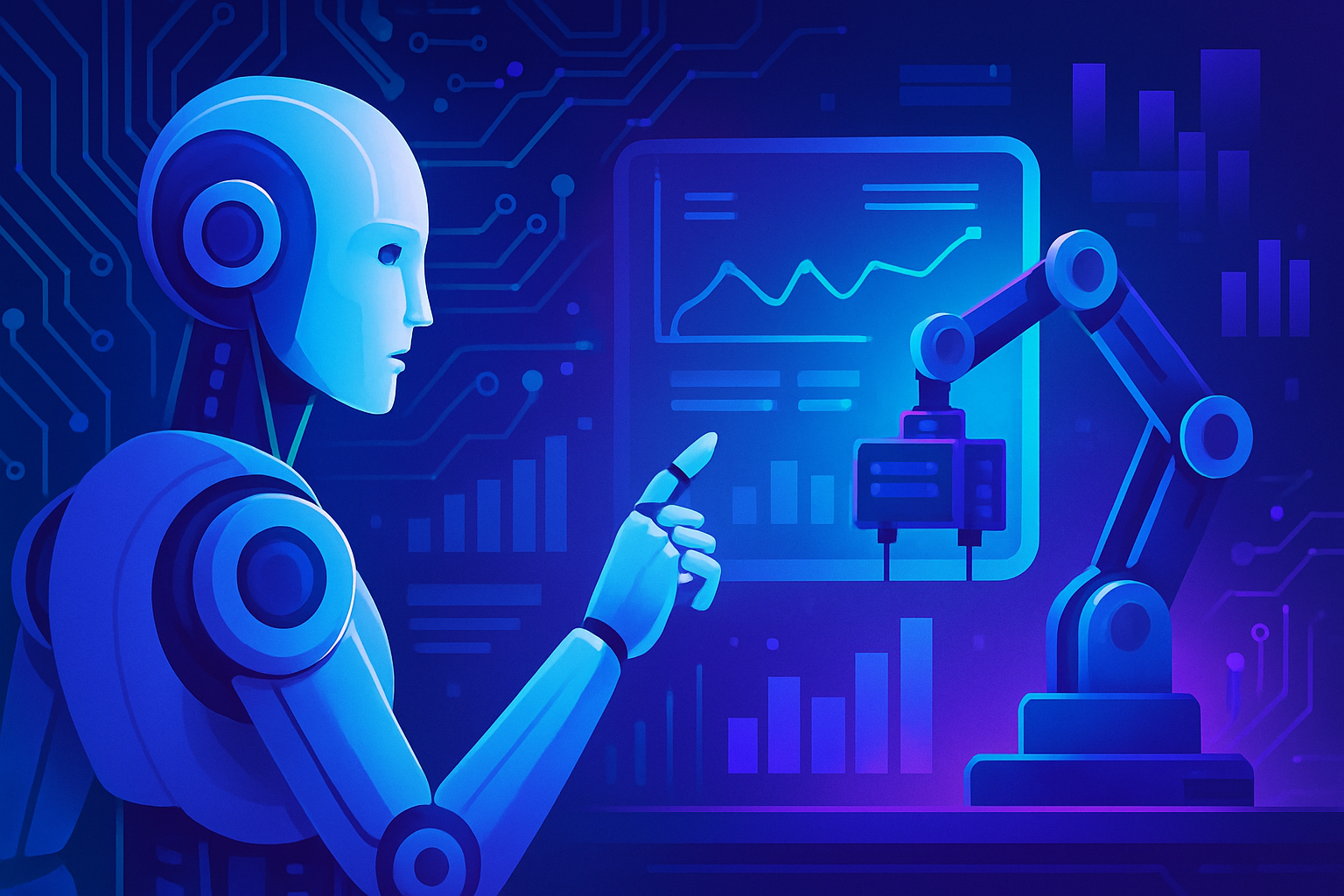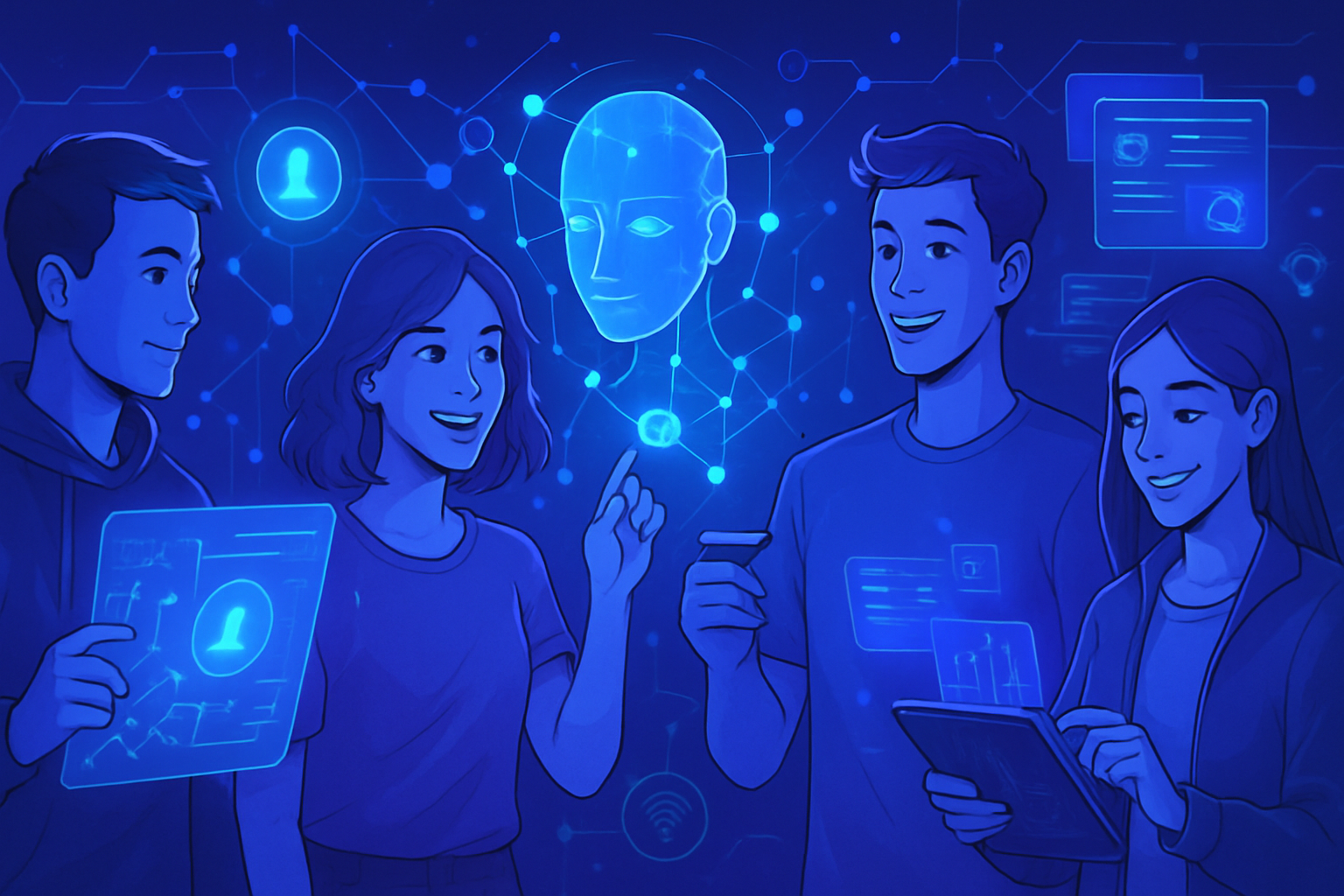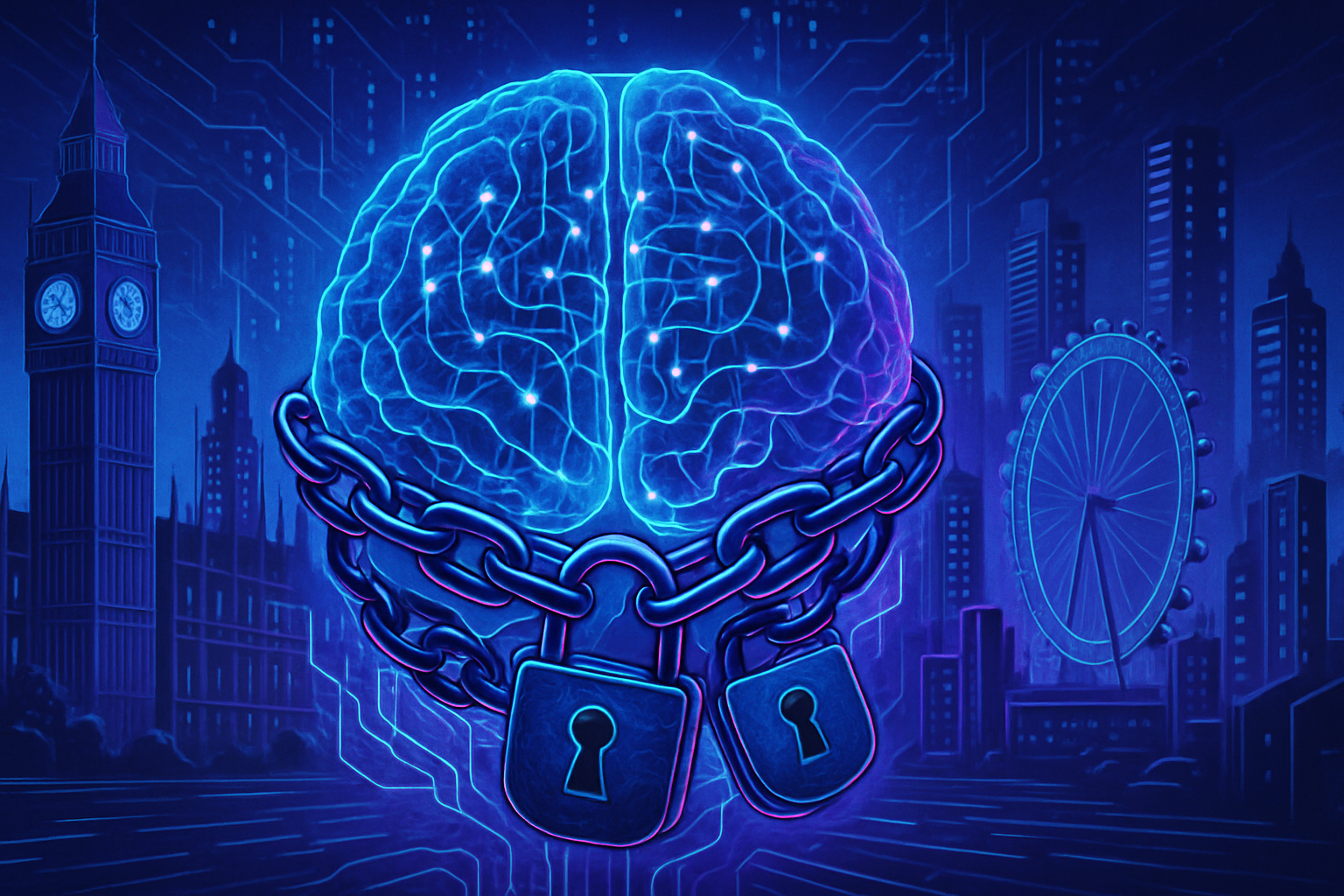Algorithms are redrawing the map of urban security. The massive introduction of algorithmic video surveillance in France raises questions. The stakes of this technology go beyond simple security promises. The journal “Réseaux” highlights the deviations and biases inherent in these systems. The human impact in the interaction with artificial intelligence is paramount. Assessing the effectiveness of these tools raises numerous controversies. Analyzing this critical dynamic is essential in order to understand the limitations of these technologies.
Algorithmic video surveillance on the rise
For several years, video surveillance based on artificial intelligence (AI) algorithms has intensified in France. This technology, initially designed for statistical purposes, has been expanded to security objectives, particularly with the approach of the 2024 Paris Olympic Games. The goal is to detect crowd movements as well as abandoned objects, an initiative that has sparked passionate debates regarding its effectiveness.
Critical evaluation reports
The government decision to extend the experimentation of this technology until 2027 is controversial. An evaluation report highlighted the relative ineffectiveness of the system. The journal Réseaux, in its issue dedicated to “Digital Policies for Urban Security,” questions the optimism of proponents while highlighting the bias of opponents who also tend to overestimate the impact of these digital tools.
Sociological analysis of the systems
The article “Who Makes the Images Readable?” by Clément Le Ludec and Maxime Cornet looks closely at two algorithmic video surveillance systems. The sociologists explain that human work plays a central role in the machine training process. Cleaning and annotating images to recognize a particular situation depends on human intervention, which directly influences the definition of the sought infraction.
Perverse effects of simplification
A specific example illustrates this phenomenon: an algorithm designed to detect shoplifting. Annotators are responsible for identifying gestures considered suspicious, actions that often lead to an excessive simplification of reality. This approach causes dysfunctions that compromise the efficiency of the system. In fact, human intervention is not limited to training, as event analysis can be performed in real-time by annotators based in Madagascar.
Surveillance zone and application limits
Moreover, the failure to reduce thefts is a consequence of the adoption of traditional video surveillance by operators, who reduce their reliance on AI. Another system, aimed at detecting traffic violations, tends to focus on already monitored areas, offering limited visibility on other potentially problematic locations. This dynamic has led to seeking other applications, often far removed from the uses for which these technologies were initially designed.
Ethical reflection and regulation
The debates surrounding the use of AI technologies in urban security continue to intensify. Ethical concerns regarding the notion of privacy are emerging, making a global reflection on the regulation of these tools essential. Voices are rising to advocate for continuous assessment of their effectiveness, as well as strict oversight to avoid deviations, particularly in the health sector where algorithms can have significant repercussions on individuals’ lives.
Resources such as Meta AI provide insight into technological innovation in this field, while other studies on AI, such as the importance of regulating AI in the health sector, highlight the crucial challenges posed by the evolution of these tools in everyday life.
Guide to frequently asked questions about the influence of algorithms on security
How does the journal “Réseaux” approach the use of algorithms in urban security?
The journal “Réseaux” studies the impact of algorithms on urban security by examining algorithmic video surveillance systems and their applications. It analyzes both the promises of these technologies and their limitations, particularly regarding their actual effectiveness.
What are the main criticisms formulated by the journal regarding video surveillance algorithms?
The journal highlights that algorithms can lead to a simplification of reality and that their effectiveness is sometimes overestimated. Human work is essential for annotating and interpreting images, directly affecting the performance of the systems.
What types of video surveillance systems are studied in the journal?
The journal examines various video surveillance systems, including those used to detect offenses such as shoplifting in supermarkets and traffic violations. It highlights their functioning as well as potential biases in their design.
What is the impact of human intervention on detection algorithms?
Human intervention is crucial for the success of detection systems. Annotators play a role in defining suspicious behaviors, which can introduce bias and affect the objectivity of the results.
Does the journal indicate that the use of algorithms has led to a reduction in offenses?
No, the journal notes that despite the increasing use of algorithmic video surveillance, there has not necessarily been a significant decrease in offenses, questioning the effectiveness of these systems.
How do the applications of security algorithms evolve according to the journal?
The journal observes that operators seek to monetize these costly systems by finding them new applications, even beyond their initial function, which raises ethical and effectiveness questions.
What are the future prospects for algorithmic video surveillance in France?
Prospects remain uncertain, with ongoing legislative oversight until 2027. The journal indicates a debate over the advantages and disadvantages of these technologies, which could influence their future adoption.
